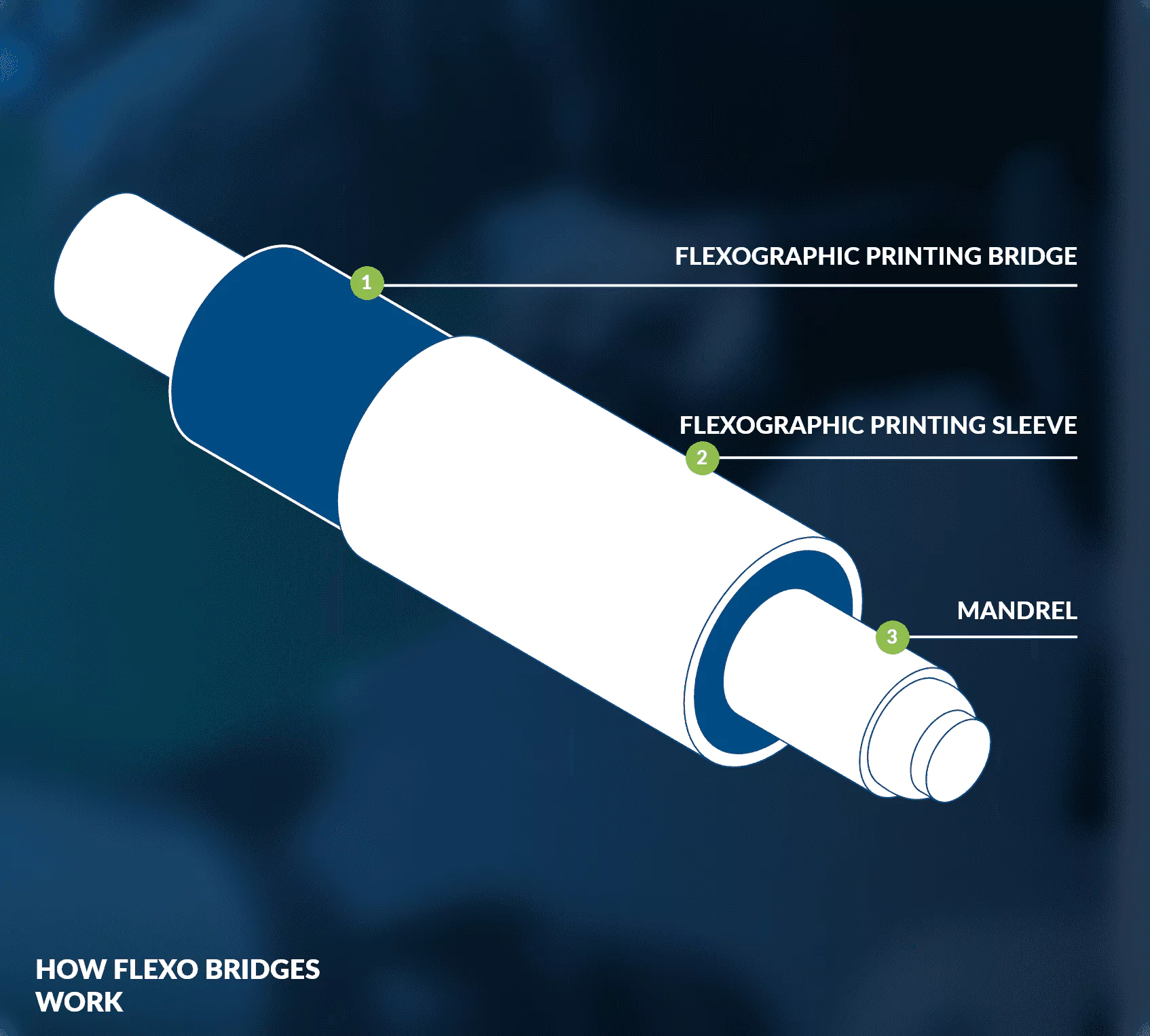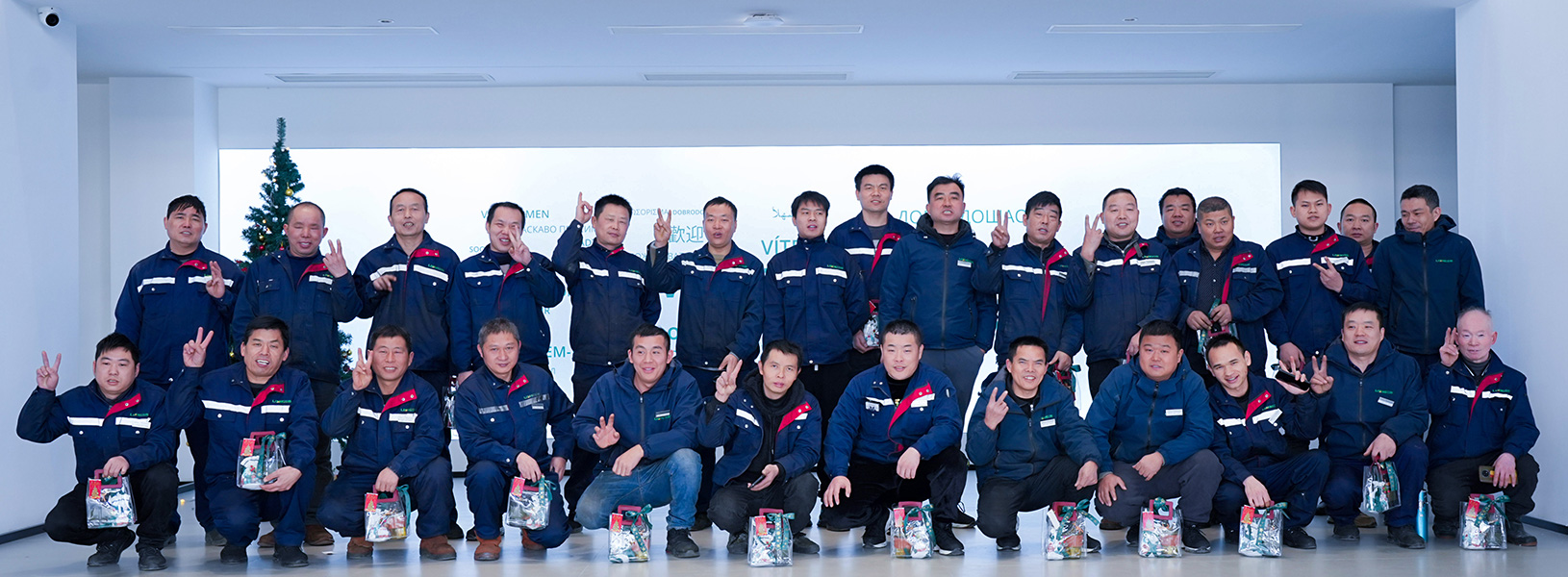
What's a Mandrel in Flex Printing Machine Spare Parts?
When discussing flex printing machine spare parts, one critical component that often determines the efficiency and quality of your entire printing process is the mandrel. Often overlooked, the mandrel plays a key role in the flexo printing machine setup—directly influencing registration accuracy, repeatability, and overall print consistency.
In this blog, we explore what a mandrel is, the different types of mandrel systems used in printing press components, and why investing in a high-quality mandrel press matters for your operation.
Why Is the Mandrel an Important Spare Part for Flexo Printing Machines?
The mandrel isn’t just a passive mechanical piece. It’s a precision component that ensures the print sleeve remains stable, aligned, and secure throughout the high-speed operation of a flexo printing machine.
Mandrels help maintain consistent print registration, reducing the risk of image distortion and misalignment. A poorly maintained or low-quality mandrel can cause wobble, runout, or sleeve slippage, all of which directly degrade print output.
What Is a Mandrel Press?
A mandrel press refers to the press system or mechanism where a mandrel serves as the core around which print sleeves are mounted. The mandrel is inserted into the press and connected to an air source to allow for easy mounting and removal of sleeves. Once pressurized air is removed, the sleeve tightly adheres to the mandrel, ensuring a stable platform for the print job.
Mandrel presses are a core part of printing press components—responsible for accurate image transfer, sleeve interchangeability, and high-speed print compatibility.
2 Common Types of Mandrels
Standard Pneumatic Mandrel
This is the most common design used in traditional flexo printing. It relies on compressed air to slightly expand the sleeve, allowing it to slide over the mandrel. Once the air is turned off, the sleeve contracts and grips the mandrel tightly for precise registration.
Load-n-Lok or Air Sleeve System
Luminite’s patented Load-n-Lok system changes the game. Instead of applying air through the mandrel, the air is applied directly to the sleeve using a special tool. This system allows:
-
Multiple sleeves on a single mandrel
-
Variable-length sleeve compatibility
-
Faster setup and changeovers
-
Cross-machine sleeve compatibility
This is especially useful for narrow web printers and operations with high-volume variability.
5 Key Benefits of a High-Quality Mandrel
| Benefit | Description |
|---|---|
| Precise Registration Capability | Ensures sleeves are tightly and stably mounted, keeping print alignment accurate even at high speeds. |
| High Repeatability | Provides consistent sleeve positioning, minimizing misprints and improving output reliability. |
| Extended Sleeve Life | Reduces sleeve movement and vibration during operation, resulting in less wear and longer lifespan. |
| Supports High-Speed & High-Volume Printing | A well-balanced mandrel enables stable performance at high speeds without distortion or print defects. |
| Compatibility with Multiple Sleeve Sizes | Advanced systems like Load-n-Lok allow the use of various sleeve lengths on the same mandrel. |
Precise Registration Capability
Mandrels allow tight and stable sleeve mounting, ensuring every print remains aligned even at high speeds.
High Repeatability
Consistent sleeve positioning reduces the risk of misprints and boosts output reliability.
Extended Sleeve Life
With less movement and vibration during operation, the sleeves face less wear and tear.
Supports High-Speed and High-Volume Printing
A well-balanced mandrel can handle high-speed presses without causing vibration or distortion.
Compatibility with Multiple Sleeve Sizes
Modern mandrels like Load-n-Lok are designed to work with various sleeve sizes, giving print shops more flexibility.
4 Mandrel Maintenance Tips
Even the best mandrels can underperform if not properly maintained. Here’s how to extend your mandrel’s lifespan:
| Maintenance Tip | Description |
|---|---|
| Wipe Regularly with Alcohol | Clean the mandrel with alcohol before every sleeve change to remove fine debris. |
| Avoid Scratches During Storage | Use padded racks and avoid hard surfaces to prevent physical damage. |
| Keep in a Dry Environment | Store mandrels in a dry area to avoid corrosion or surface degradation. |
| Check for Debris Before Each Sleeve Change | Remove dust, ink, or fibers that could affect sleeve positioning. |
Wipe Regularly with Alcohol
Use alcohol to clean the mandrel before every sleeve change. Even microscopic debris can prevent proper sleeve mounting.
Avoid Scratches During Storage
Use padded storage racks and avoid contact with hard surfaces to prevent mandrel damage.
Keep in a Dry Environment
Moisture can corrode or degrade the surface, impacting fit and function.
Check for Debris Before Each Sleeve Change
Dust, ink, or fiber build-up can interfere with sleeve positioning.
Conclusion
The mandrel is more than just a shaft—it’s a critical player in flex printing machine spare parts. Whether you’re upgrading your mandrel press system or optimizing the parts of a printing press, understanding the function and care of this component is essential.
By investing in high-quality mandrels, like those with Load-n-Lok compatibility, and following a proper maintenance routine, you ensure improved print consistency, cost savings, and operational flexibility.




